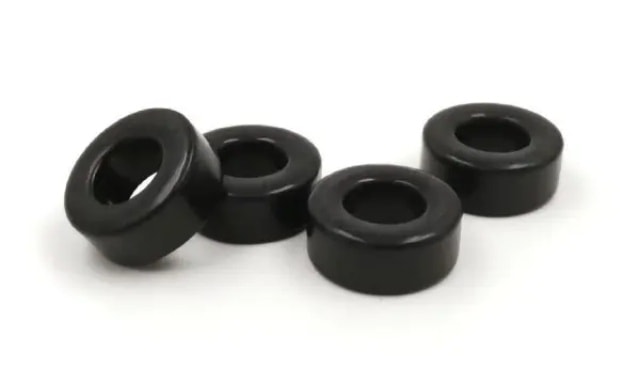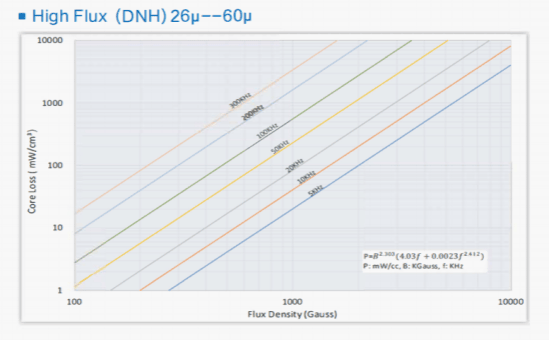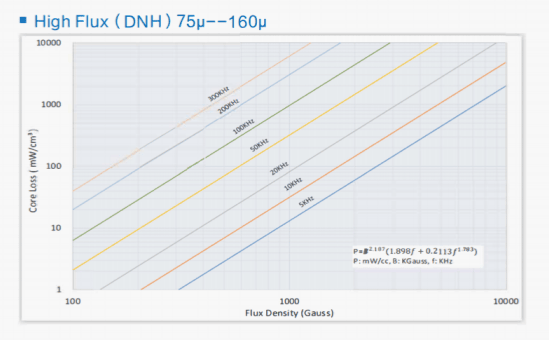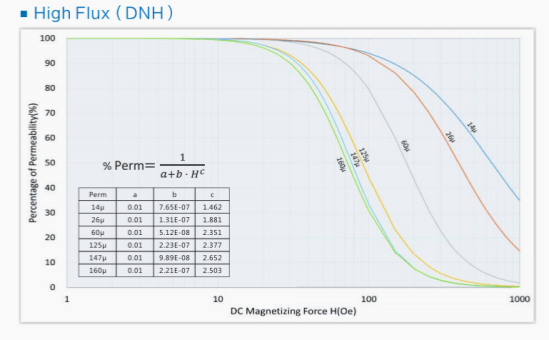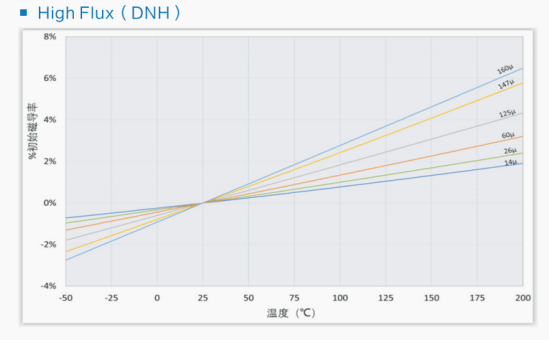- Feature
- Performance
- Curve Comparison Chart
- Advantage
- Applications
- Video
Feature
Feature Description
Excellent DC-bias Characteristics;
High Saturation Flux Density (15,000 Gauss);
Low Core Loss.

Performance
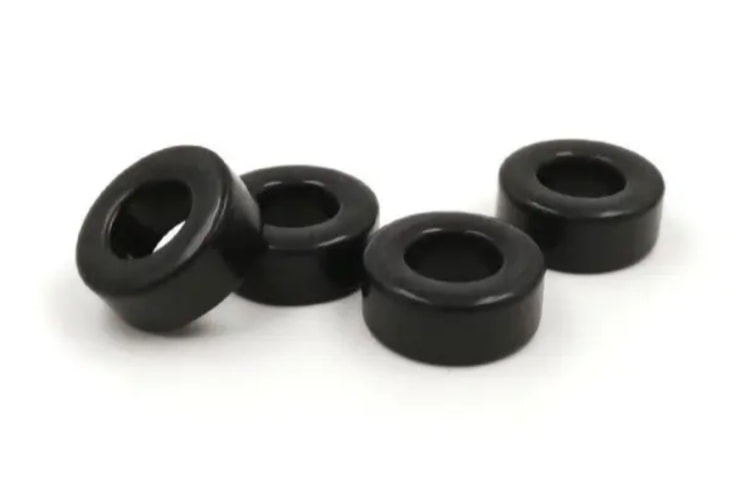
High magnetic permeability
High flux cores have high magnetic permeability, which means they generate a large magnetic induction intensity under a given magnetic field. This enables them to effectively concentrate and transfer magnetic field energy in applications.
Low hysteresis loss
High flux cores have lower hysteresis loss, which means they can quickly respond and maintain lower energy loss when the magnetic field changes. This is particularly important for high-frequency applications as it can reduce energy loss and heat generation.
Wide frequency response range
High flux cores have a wide frequency response range and can operate in the low to high frequency range. This makes them suitable for various applications, including power transformers, inductors, filters, and high-frequency converters.
High saturation magnetic induction intensity
High flux cores usually have a high saturation magnetic induction intensity, which means they can withstand a larger magnetic field intensity without obvious magnetization saturation in a saturated state. This makes them have excellent performance in high magnetic field applications.
Excellent temperature stability
High flux cores typically have good temperature stability and can maintain their magnetic performance over a wide range of temperatures. This makes them suitable for applications in high-temperature environments, such as power electronic devices and automotive electronics.
Curve Comparison Chart
Advantage
-
01
High energy efficiency
High flux cores have lower hysteresis loss and higher magnetic permeability, which enables them to effectively reduce energy loss during energy transfer and conversion processes. In applications such as power transformers, inductors, and converters, high-throughput iron nickel magnetic cores can provide higher energy efficiency and reduce energy waste.
-
02
High power density
Due to the high saturation magnetic induction and low hysteresis loss of high flux cores, they can store and transmit more magnetic energy in a relatively small volume. This enables devices and systems to achieve higher power density, thereby providing more power output in limited space.
-
03
Wide frequency range
High flux cores have a wide frequency response range and can operate in the range of low to high frequencies. This makes them suitable for applications of different frequencies, including high-frequency power electronic devices and communication systems. The wide frequency range also increases the flexibility and adaptability of the design.
-
04
Temperature stability
High flux cores typically have good temperature stability and can maintain their magnetic performance over a wide range of temperatures. This enables them to provide reliable performance in high-temperature environments, such as automotive electronics, power electronics, and aerospace fields.
-
05
High saturation magnetic field strength
High flux cores have a high saturation magnetic field strength, which can withstand larger magnetic fields without significant magnetization saturation. This makes them suitable for applications that require handling high magnetic fields, such as power transformers and high-power electronic devices.
-
06
Corrosion resistance
High flux cores usually have good corrosion resistance and can maintain their performance in harsh environmental conditions. This makes them suitable for some special environments, such as marine applications, chemical industries, etc.
-
07
Low noise
Due to the low hysteresis loss and excellent temperature stability of high flux cores, they are usually able to provide lower noise levels. This is crucial for noise sensitive applications such as audio amplifiers, sensors, etc.
Applications
-

PC Power Supply
-

Power Adapter
-

Uninterruptible Power Supply
-
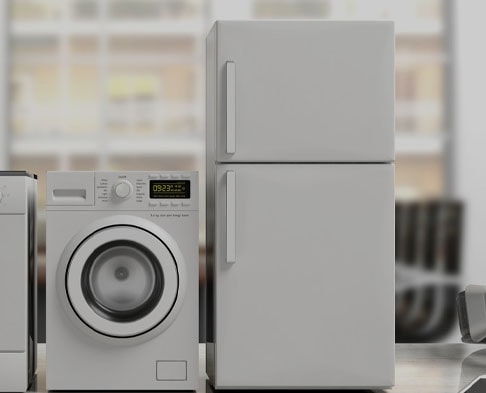
Household Appliance
-

APF
-
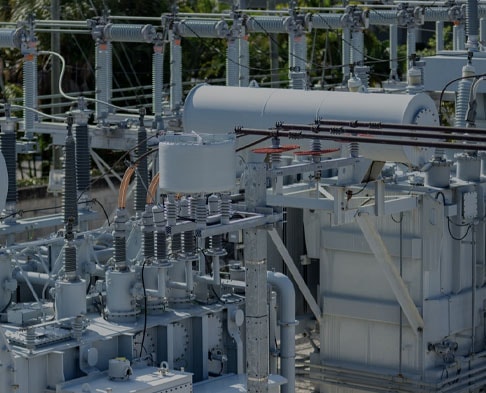
Energy Storage Power Station
-

Rail Transit







